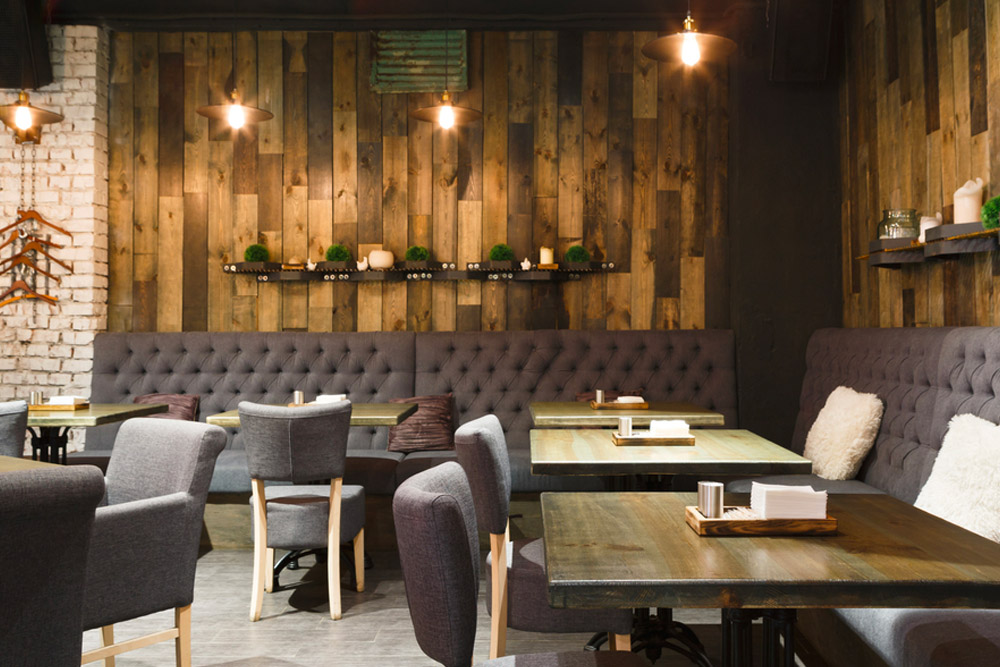A lot of the changes in the restaurant industry - like decor, point of sale devices, and cooking methods - don’t seem so unusual. But what about the new trend of restaurants that don’t technically physically exist? If you’re confused, take a minute to find out more about the rise of the virtual restaurant.
Wait, there’s no shop front?
Well, technically there is - it’s just not a physical door you can open with your hand. Virtual restaurants (or ‘ghost restaurants’) are delivery-only, so the only ‘entry’ into the restaurant is via a phone or computer. Orders are taken usually via an app or website, sent through to the pos terminal in the ‘restaurant’, cooked, then sent out via couriers or services like Uber.
Who’s doing it?
It’s slowly starting to pick up around the world. In New York, the owner behind the globally-popular Momofuku restaurant chain has Ando, a delivery-only service that takes orders via the restaurant’s website, app, or third-party online ordering service. In Sydney, Indigo restaurant does delivery-only orders at night, although it still offers a traditional dining experience during the day. Brisbane has Farmer Chicken, a true ghost restaurant that only does delivery orders of its famous fried chicken.
Why is it happening?
Blame the millennials for this one. The younger generation is used to getting what they want fast, and a lot of them have grown up with online ordering. This group also tends to value anything a bit left of the norm and ‘cool’ - and what’s more unique and different than a restaurant that doesn’t really exist in the traditional sense? It can also makes good business sense. Ghost restaurants offer an immediate cost saving due to everything they’re lacking. The absence of wait staff for example. By taking table service out of the equation, revenue can be boosted instantly. No need to buy or rent large venues that cater to dine-in customers smack bang in the middle of the CBD, another huge saving. Rent is usually much cheaper for ghost restaurant locations as they can be situated in lower-rent suburbs because they that don’t need the usually integral foot-traffic to generate revenue. While the ghost restaurant sounds like a fantastic way to reduce costs and still run a ‘restaurant’, operators should make sure the product they’re delivering makes up for the absence of the ambience and service that makes in-restaurant dining so appealing. Millennials may want everything yesterday, but they also want quality - so just make sure they don’t have reason to turn things around and ghost you.
Published:


